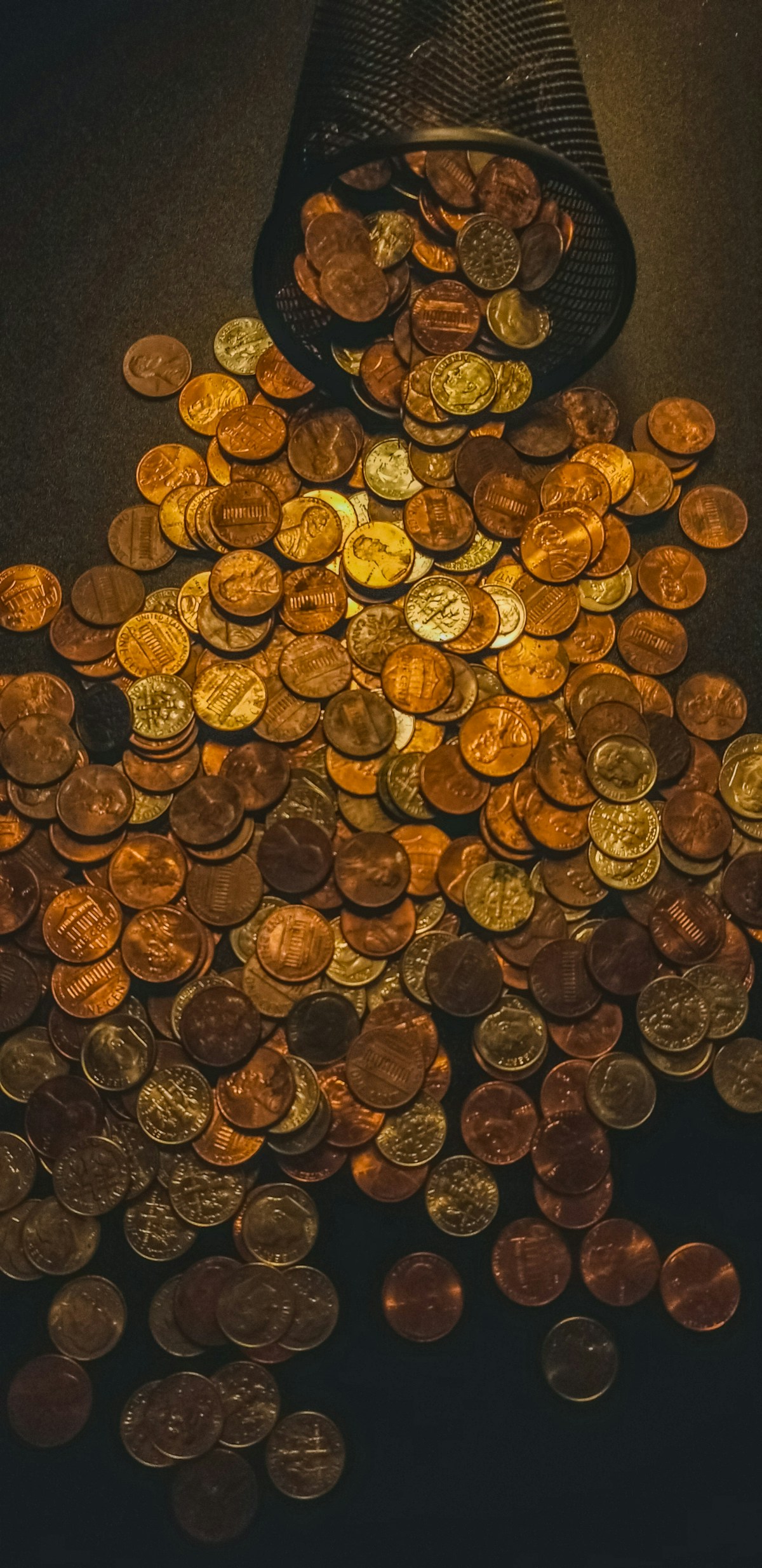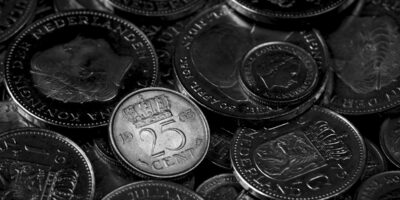The 1916 Standing Liberty Quarter: A Rare Gem in Coin Collecting

The world of coin collecting is rife with treasures, and among them, the 1916 Standing Liberty Quarter holds a special place. This piece of history is much sought after by collectors due to its scarcity and historical significance. Designed by Hermon Atkins MacNeil, the 1916 Standing Liberty Quarter replaced the Barber Quarter and introduced a new era in United States coinage.
The rarity of this coin is primarily due to its limited mintage. Only 52,000 pieces were produced, a substantial drop from previous mintage numbers. This limited production was due to the redesign taking longer than expected, which resulted in a late start to minting. By the time production began, only a few months were left before the introduction of the 1917 version.
Collectors prize the 1916 Standing Liberty Quarter not just for its rarity but for the story it tells. The coin was part of an effort to modernize American coinage and reflect contemporary art and design. Unlike its predecessor, the Barber Quarter, the Standing Liberty Quarter featured a more ornate and symbolic design.
A Brief History of Design Changes
The obverse of the 1916 quarter showcases Liberty in a standing pose, holding a shield in her left hand and an olive branch in her right. She stands between two columns, symbolizing peace and preparedness. This depiction marked a departure from previous quarters, which primarily featured a more static representation of Liberty.
Controversy surrounded this design. Initially, Liberty’s right breast was exposed, which was deemed inappropriate by some citizens and officials. As a result, the coin was quickly redesigned in 1917 to cover Liberty with chainmail. This controversy adds another layer of intrigue to the 1916 version’s collectability.
The reverse side of the coin features a flying eagle encircled by 13 stars. This imagery was maintained across the series, a nod to traditional American symbolism. However, the positioning of the stars and other design elements saw slight adjustments in later years.
Factors Increasing the Coin’s Rarity
Condition plays a crucial role in a coin’s value. Even among the 52,000 minted, those in mint state condition are exceedingly rare. Many of these quarters entered circulation and were subject to wear and tear, diminishing their numismatic value. Coins found in better conditions now can fetch substantial sums at auctions.
- The coin’s intricate design made it prone to wear.
- Early coins lacked the protective mintmark found in later years.
- Their small mint mark led to frequent handling and damage.
For those few coins that avoided the ravages of time, the value is often quite high. Collectors and investors seek these pieces for their portfolios, pushing up prices when they surface in the market.
Examples of High-Value Auctions
The 1916 Standing Liberty Quarter has made headlines during several notable auctions. In January 2018, a high-grade specimen graded MS67 by PCGS sold for over $260,000. The pristine condition of this coin, combined with its vivid luster and minimal contact marks, made it particularly desirable.
Auction stories like these capture the imagination of collectors, driving greater interest in the coin. Rare coins like this do not just have value due to their beauty but also because of their storied past and the circumstances of their preservation.
Looking Out for Fakes and Replicas
As with any valuable collectible, fakes and replicas abound in the market. The key for collectors is verification. Understanding the details and consulting with professional graders helps in authenticating a 1916 Standing Liberty Quarter.
Some counterfeit versions mimic genuine coins closely, but subtle differences give them away. Sharpness in detail and edge reeding consistency can often signal a genuine piece.
Collectors should always insist on certificates of authenticity and, when in doubt, seek the opinion of experienced numismatists or services like PCGS or NGC.
The Coin’s Place in American Numismatics
Beyond its rarity, the 1916 Standing Liberty Quarter is a milestone in American numismatics. It represents a transition towards more artistic coin designs, moving away from purely functional motifs. This change influenced other coins from its era and set a precedent for future redesigns.
The piece is more than just a collector’s item; it is a canvas capturing a moment in American history. Those fortunate enough to own one hold a piece of the past that tells not just the national story, but also the personal stories of those who once used it in daily commerce.
Pursuing the 1916 Standing Liberty Quarter
For those seeking to own this piece of history, patience and diligence are crucial. Engaging with reputable dealers and keeping an eye on major coin auctions can yield results over time. Joining numismatic organizations can also provide networking opportunities and resources to aid in the hunt.
While the journey to acquire such a rare piece can be long, collectors often find the search itself rewarding. Each auction, catalog, and dealer’s stock present unique learning opportunities.
In the realm of rare coins, the 1916 Standing Liberty Quarter stands as a testament to artistry, history, and the enduring spirit of collecting. Its rarity only adds to its allure, making it a coveted gem for discerning collectors worldwide.
Recommended Collecting Supplies
Coin Collection Book Holder Album – $9.99
312 pockets for coins of all sizes.
20x Magnifier Jewelry Loupe – $13.99
Essential tool for examining coins and stamps.
As an Amazon Associate, we earn from qualifying purchases.




Subscribe for Updates
Get the latest articles delivered to your inbox.
We respect your privacy. Unsubscribe anytime.